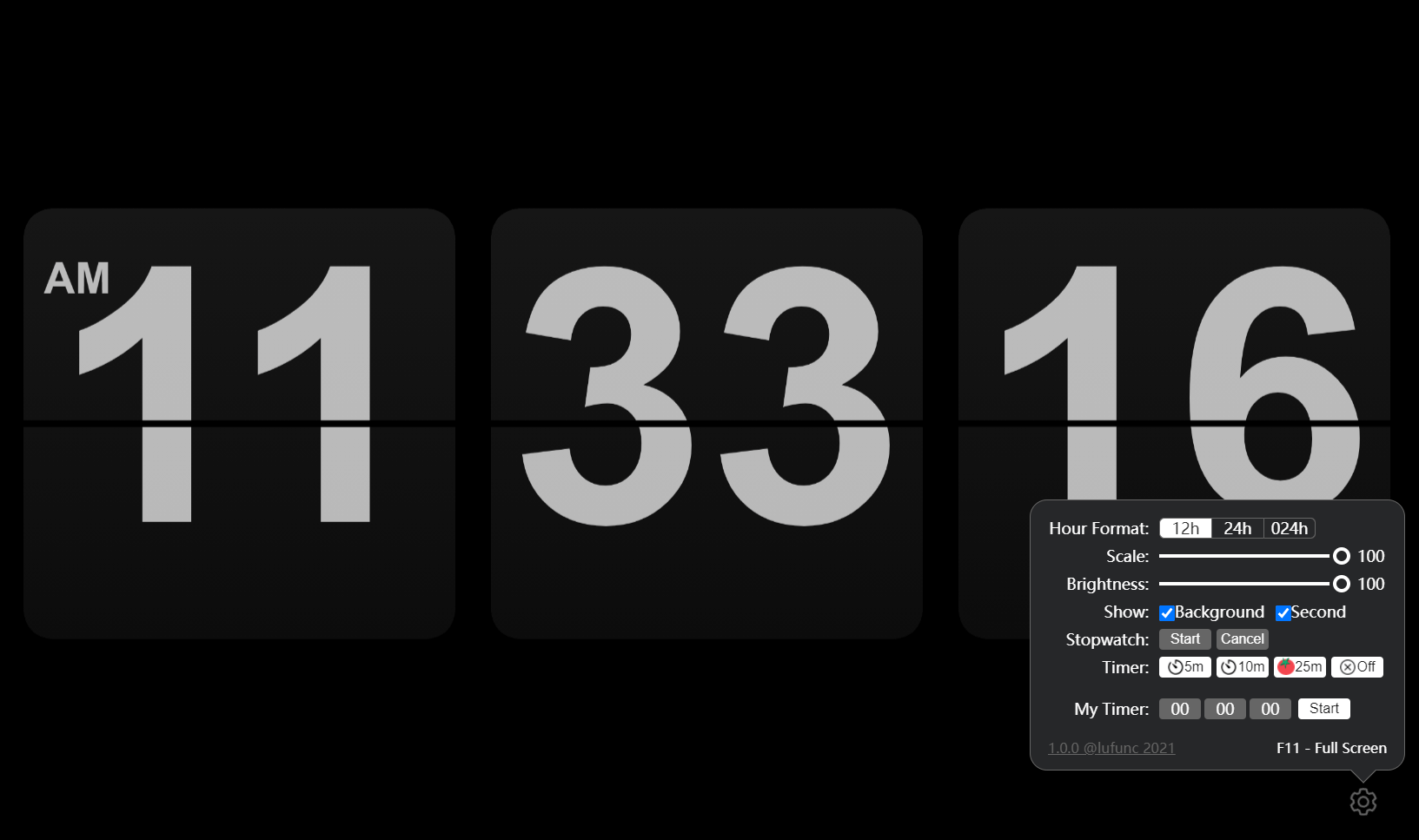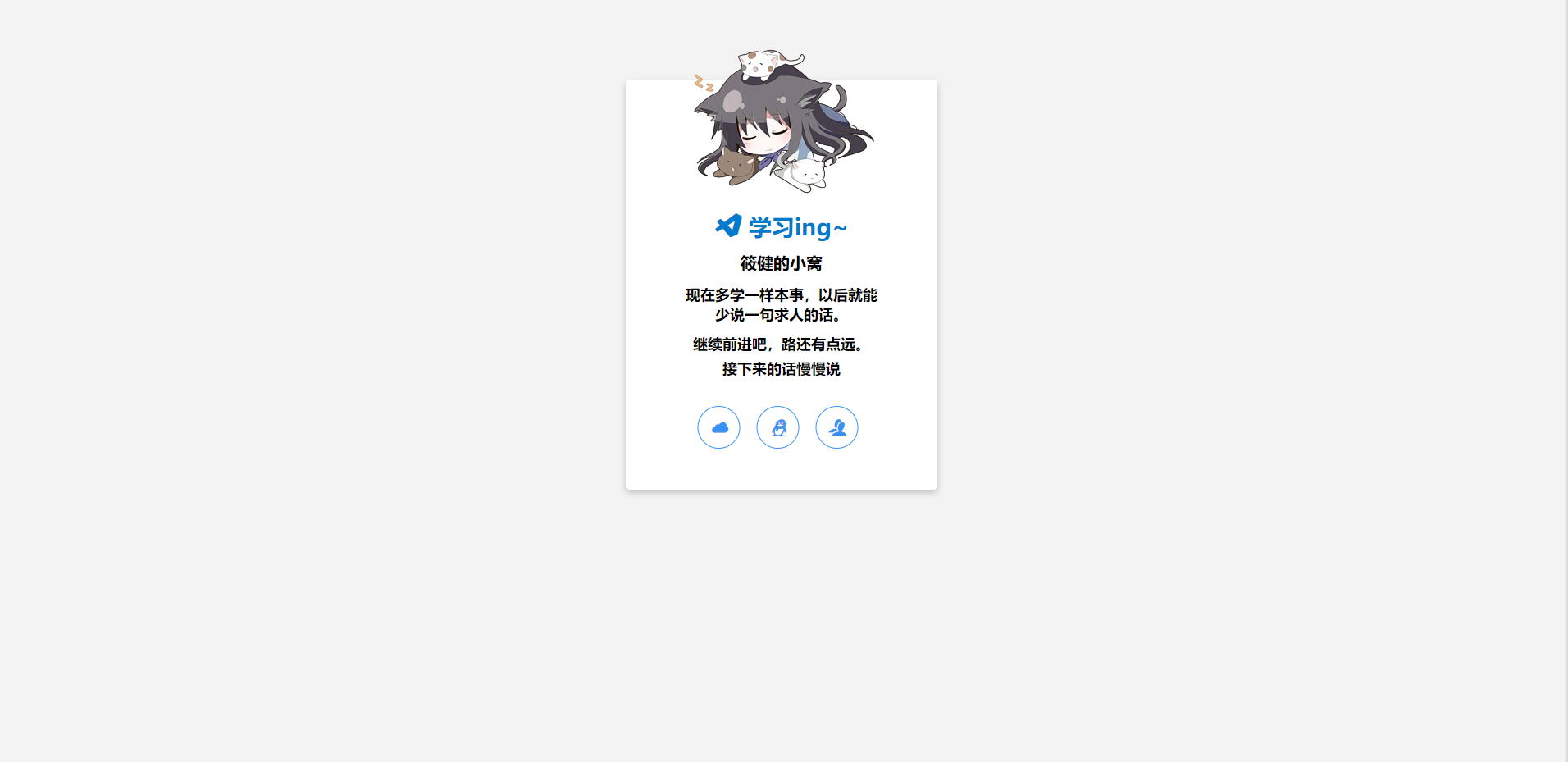
从WordPress3.0开始已集成菜单管理功能,使得创建和管理(导航)菜单变得轻而易举。
现在,创建并显示一个菜单需要的无非就是一行代码( wp_nav_menu ),似乎已经失去“手动”添加我们自己需要的东西空间。 例如,菜单功能默认没有“返回首页”的任何链接,虽然可以很容易地在自定义菜单功能中手动添加一个返回首页的链接,但返回首页链接基本是网站必须的功能
因此,自动添加此功能是很有必要的。有一个更简单的方法,使用WordPress filters.
利用导航菜单“ filters”功能,可以使我们能够加入特定菜单项。
举一反三,经过挖掘研究,将以下三段代码,添加到主题 functions.php 文件中,会实现自动增加一个登录/注销链接、添加一个搜索框和一个返回首页的链接到你的WordPress3.0导航菜单。
一、新增一个登录/注销链接到您的导航菜单
add_filter(\'wp_nav_menu_items\', \'add_login_logout_link\', 10, 2);
function add_login_logout_link($items, $args) {
ob_start();
wp_loginout(\'index.php\');
$loginoutlink = ob_get_contents();
ob_end_clean();
$items .= \'<li>\'. $loginoutlink .\'</li>\';
return$items;
}说明:
First we add a function add_login_logout_link to the wp_nav_menu_items filter. Then, the ob_start, ob_get_contents and ob_end_clean (lines 4, 6 and 7) functions are “output Buffering” PHP functions that will “intercept” the information that would otherwise be sent to the browser. wp_loginout(‘index.php’); will add the logic and html code to login (if not logged in yet), or logout (if logged in). Since we don’t want to send that code to the browser yet, we “capture” the output (using ob_get_contents) in a variable ($searchform), and finally include that variable as a list item in the menu.
二、为导航菜单自动添加搜索框
add_filter(\'wp_nav_menu_items\',\'add_search_box\', 10, 2);
function add_search_box($items, $args) {
ob_start();
get_search_form();
$searchform = ob_get_contents();
ob_end_clean();
$items .= \'<li>\' . $searchform . \'</li>\';
return$items;
}创建自己的搜索模板
add_search_box是利用默认的searchform菜单栏。但是这可能不是理想的布局(也许它包含前文本”搜索:”与“搜索”键),那么你就应该创建一个模板文件searchform.php在你的主题模板目录,加入下面代码: 该 add_search_box 功能是利用默认的searchform模板。 但这未必是理想的布局(也许它包含前面的文本“搜索:”和一个“搜索”按钮),所以你可创建一个自己的searchform.php模板文件 ,放到在你的主题模板目录中,并添加以下代码:
<form method=\"get\" class=\"search-form\" id=\"search-form\" action=\"<?php bloginfo( \'home\' ); ?>/\">
<div class=\"formfield\">
<input class=\"formInputText\" type=\"text\" name=\"s\" id=\"search-text\" value=\"Search ...\" size=\"12\" maxlength=\"16\" tabindex=\"1\" onfocus=\"if (this.value == \'Search ...\') {this.value = \'\';}\" onblur=\"if (this.value == \'\') {this.value = \'Search ...\';}\" />
</div>
</form>或者,您可以添加表单样式以匹配您的导航风格,例如:
input.formInputText {
margin-top: 7px;
color: #666;
padding: 3px;
background: #ccc;
}
input.formInputText:hover {
cursor: help;
color: 555;
background: #ccc;
}三、添加一个主页链接到您的导航菜单
add_filter( \'wp_nav_menu_items\', \'add_home_link\', 10, 2 );
function add_home_link($items, $args) {
if (is_front_page())
$class = \'class=\"current_page_item\"\';
else
$class = \'\';
$homeMenuItem =
\'<li \' . $class . \'>\' .
$args->before .
\'<a href=\"\' . home_url( \'/\' ) . \'\" title=\"Home\">\' .
$args->link_before . \'Home\' . $args->link_after .
\'</a>\' .
$args->after .
\'</li>\';
$items = $homeMenuItem . $items;
return$items;
}只在特定的位置添加上述新增项目
新增项目默认将显示在所有自定义菜单中,这可能不是你所想要的,因此需要添加一个条件代码,让上述代码只执行在一个特定的菜单位置。
function add_login_logout_link($items, $args) {
if($args->theme_location == \'Primary\') {
ob_start();
wp_loginout(\'index.php\');
$loginoutlink = ob_get_contents();
ob_end_clean();
$items .= \'<li>\'. $loginoutlink .\'</li>\';
}
return$items;
}翻译水平有限,有不准确之处,请见谅,上述代码经测试全部有效。
本站除原创内容,其余内容均收集自互联网,仅限用于学习和研究目的,本站不对其内容的合法性、可用性承担任何责任。本站禁止以任何形式发布或转载任何违法相关信息,若您发现请立即向站长举报;用户投稿一切资源内容不代表本站立场,并不代表本站赞同其观点和对其真实性负责。
如有版权内容,其版权均归原作者所有,本站虽力求保存原有版权信息,但因众多资源经多次转载,已无法确定其真实来源,故敬请原作者谅解!为尊重作者劳动成果,请购买正版支持作者,谢谢!若您对「HULIKU.COM」所载资源作品版权归属存有异议,请发送邮箱:ihuliku@qq.com 进行处理。
本站资源文件大多存储至云盘,如您发现图片或链接失效,请联系站长或作者,我们将及时进行更新。资源都是经过站长或作者收集测试优化后进行发布分享。如若转载请在贵站文内以超链形式注明狐狸库文章出处,谢谢合作!


















![WordPress子比主题美化教程合集[2023/04/17]-狐狸库](https://huliku.com/pic/2023032607024935.png)
![狐狸库自定义子比主题底部footer页脚美化(自适应)[06.26]更新-狐狸库](https://huliku.com/pic/2023062610013835.png)
































请登录后查看评论内容